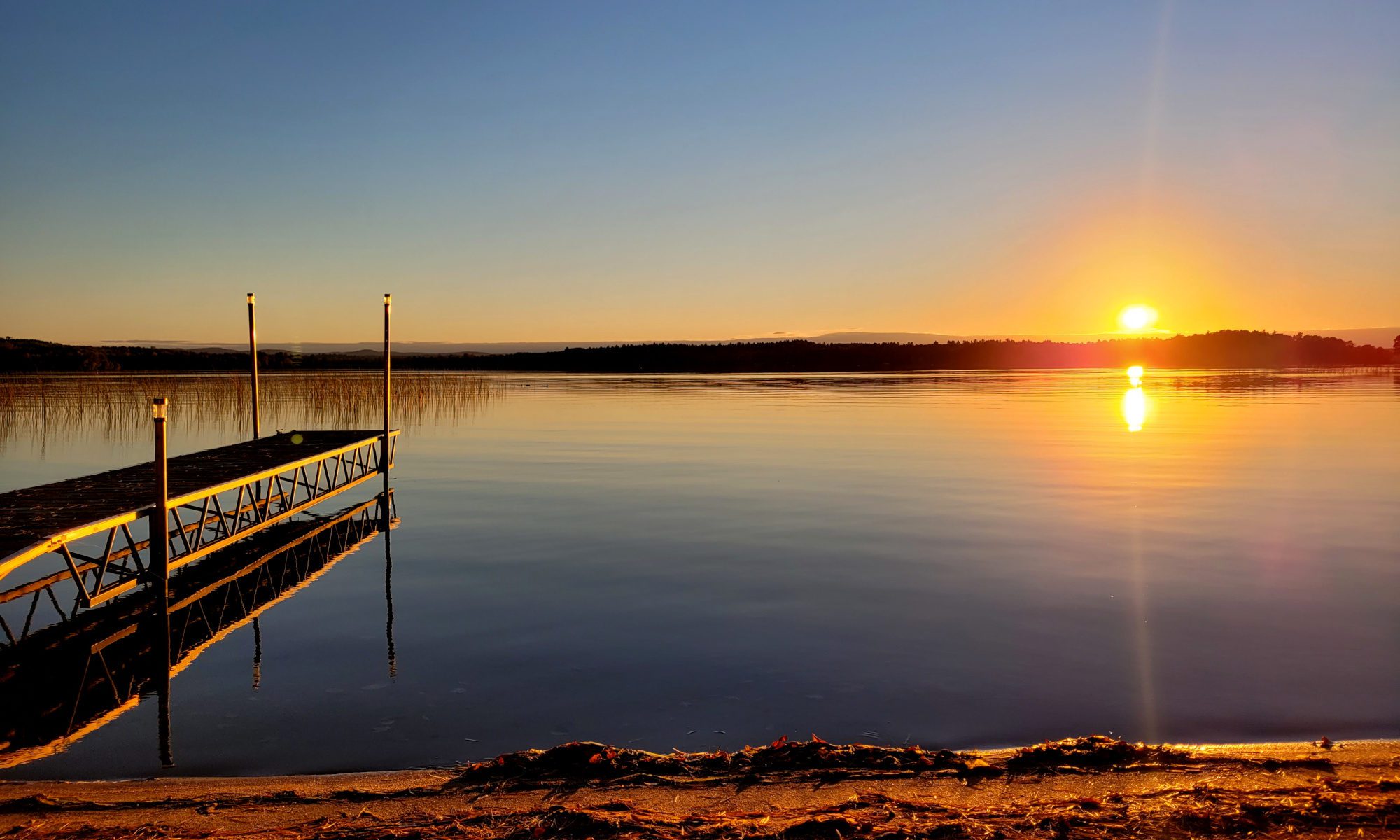
We’ve been writing for a long time at Gigaom about the ways in which the web and social media have changed the practice of journalism, so it’s nice to see the New York Times recognizing some of that. In a recent piece, media writer David Carr notes that real-time social tools like Twitter (s twtr) and YouTube (s goog) have altered the way many of us experience events like the civil war in Ukraine or the violence in Gaza. He doesn’t really address whether this is positive or negative, but it’s easy to make the case that we are much better off now.
If Israeli rockets had hit Gaza or Ukrainian rebels had shot down a commercial airliner before the arrival of the social web, most of us would have been forced to rely on reports from traditional journalists working for a handful of mainstream media sources — some of whom would have been parachuted into the region with little to no advance warning, and in some cases with just a sketchy grasp of the context behind the latest incident — and the news would be filtered through the lens of a CNN anchor or NYT editor. But as Carr points out:
“In the current news ecosystem, we don’t have to wait for the stentorian anchor to arrive and set up shop. Even as some traditional media organizations have pulled back, new players like Vice and BuzzFeed have stepped in to sometimes remarkable effect. Citizen reports from the scene are quickly augmented by journalists. And those journalists on the ground begin writing about what they see, often via Twitter, before consulting with headquarters.”
More personal, and more chaotic
There are downsides to this approach, obviously: In some cases, journalists say things in the heat of the moment that draw negative attention from readers and viewers — or managers and owners of the media outlets they work for — and there are repercussions, as there were for NBC reporter Ayman Mohyeldin and CNN journalist Diana Magnay after they both made comments about the attacks in Gaza. Two years ago, the Jerusalem bureau chief for the New York Times was called on the carpet for remarks she made on Twitter and for a time was assigned a social-media editor to check her tweets before they were published.

Although Carr doesn’t get into it, the other downside that some have mentioned is that the news environment has become much more chaotic, now that everyone with a smartphone can upload photos and report on what is happening around them — including the terrorist groups and armies that are involved in the conflict that is being reported on, and the ultimate victims of their behavior. Hoaxes and misinformation fly just as quickly as the news does, and in some cases are harder to detect, and those mistakes can have real repercussions.
The democratization of news is good
At the same time, however, there are some fairly obvious benefits to the kind of reporting we get now, and I would argue that they outweigh the disadvantages. For one thing, as Carr notes, we get journalism that is much more personal — and while that personal aspect can cause trouble for reporters like Mohyeldin and Magnay when they stray over editorial lines, in the end we get something that is much more moving than mainstream news has typically been. As Carr says:
“It has made for a more visceral, more emotional approach to reporting. War correspondents arriving in a hot zone now provide an on-the-spot moral and physical inventory that seems different from times past. That emotional content, so noticeable when Anderson Cooper was reporting from the Gulf Coast during Hurricane Katrina in 2005, has now become routine, part of the real-time picture all over the web.”
The other major benefit of having so many sources of news is that the process of reporting has become much more democratized, and that has allowed a whole new ecosystem of journalism to evolve — one that includes British blogger Brown Moses, who has become the poster child for crowdsourced journalism about Syria, as well as Storyful’s Open Newsroom and efforts like Grasswire and Checkdesk (I collected some other resources in a recent post abut fact-checking).
In the end, things have definitely become much more confusing — and not just for news consumers but for journalists as well — with the explosion of pro and amateur sources and the sheer speed with which reports flow by in our various social streams. But I would argue that the fact we no longer have to rely on a handful of mainstream outlets for our news and analysis is ultimately a good thing.
Post and thumbnail images courtesy of Flickr users Petteri Sulonen and sskennel
